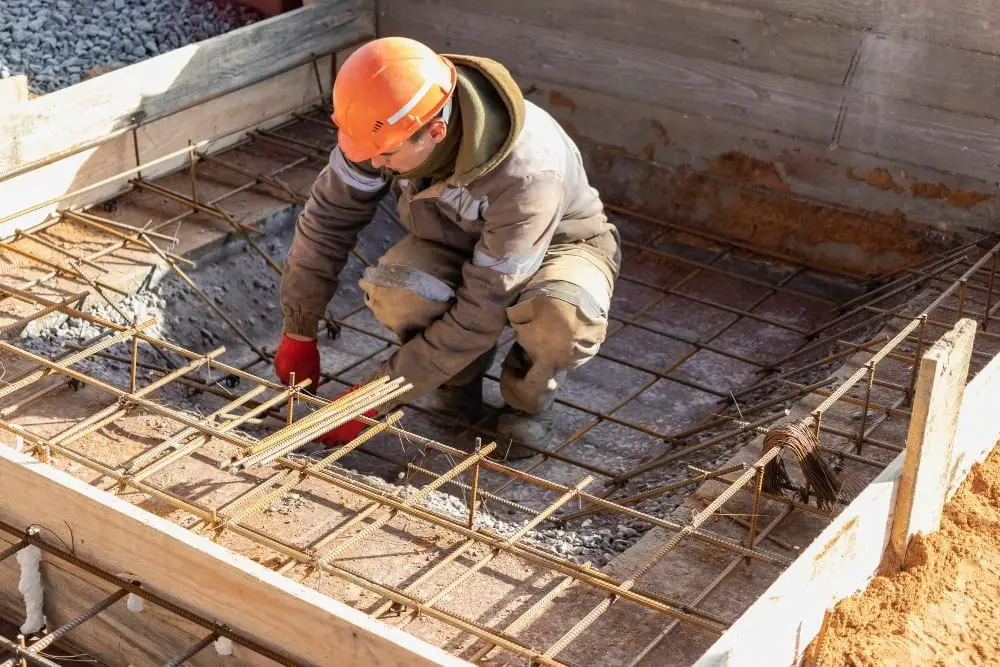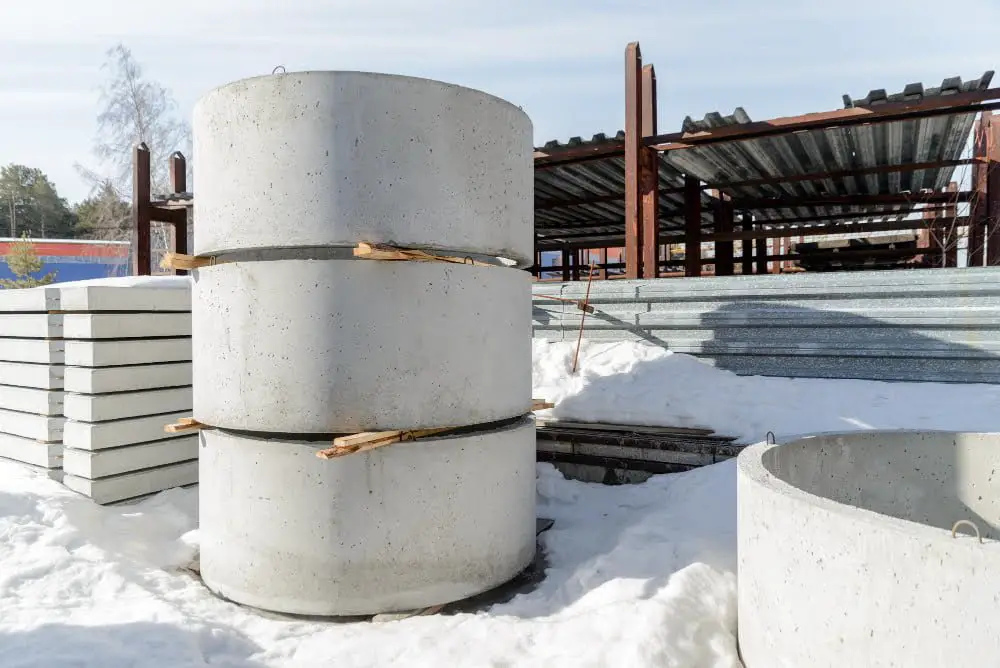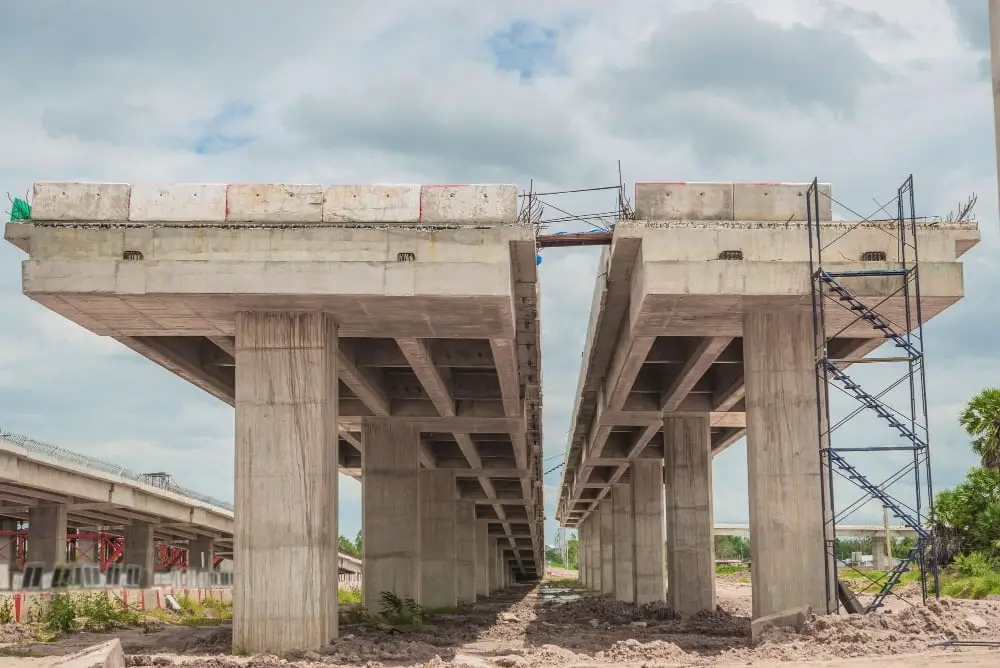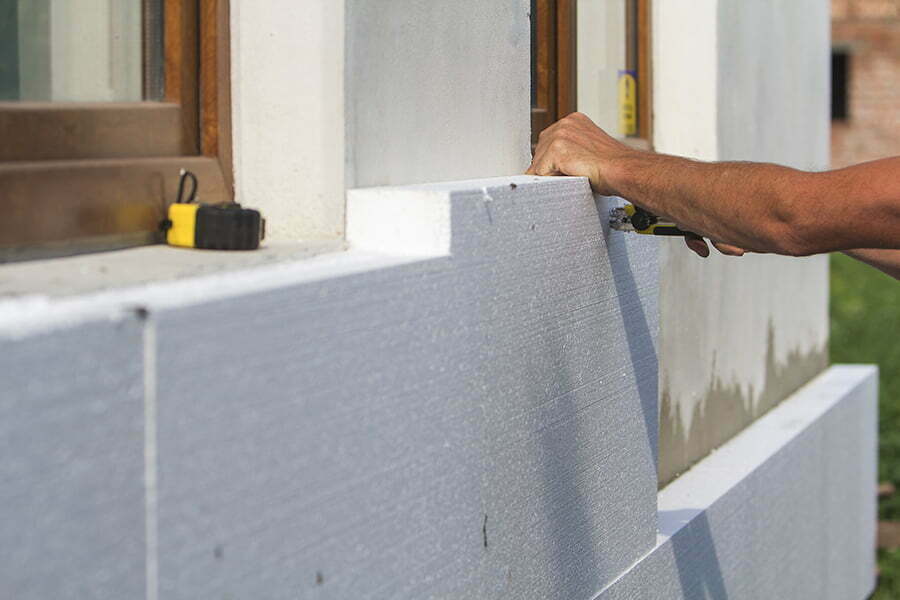Discover how polymer composite materials are revolutionizing the construction industry. It enhances the durability, sustainability, and cost-effectiveness of various structures.
As a child, I always marveled at the towering skyscrapers and magnificent bridges that dotted the city skyline. I would often dream of being an architect or engineer, creating structures that would stand the test of time.
Little did I know then that one day, I would become an expert in the construction industry.
Over time, my fascination with construction grew into a passion for learning about new materials and technologies that could revolutionize this field. One such material is polymer composite – a combination of plastics and fibers that has been gaining popularity in recent years.
Polymer composites are lightweight, durable, and resistant to corrosion – making them ideal for use in construction projects. From bridges to buildings, these materials have found their way into numerous applications across the industry.
In this blog post, we’ll explore some of these applications in detail – from reinforcing concrete structures to creating sustainable building materials. So join me on this journey as we discover how polymer composites are transforming the construction industry as we know it!
Polymer Composite Types

Polymer composites are a combination of two or more materials that have different physical and chemical properties. The most common types of polymer composites used in the construction industry include fiber-reinforced polymers (FRP), carbon fiber-reinforced polymers (CFRP), and glass fiber-reinforced polymers (GFRP).
Fiber-reinforced polymer composites consist of fibers embedded in a matrix material, such as epoxy resin. These fibers can be made from various materials, including carbon, glass, or aramid.
Carbon fiber reinforced polymer composite is known for its high strength-to-weight ratio and excellent fatigue resistance. It is commonly used to reinforce concrete structures like bridges and buildings.
Glass Fiber Reinforced Polymer Composite has good electrical insulation properties making it ideal for use in electrical applications like cable trays.
Polymer composite technology has come a long way since its inception – with new variations being developed every day to meet specific needs across industries. As an expert in the construction industry, I have seen firsthand how these innovative materials are transforming traditional building practices into sustainable ones that will stand the test of time while reducing environmental impact.
In this article series on “Polymer Composite Applications,” we’ll explore some exciting ways these versatile materials are being utilized within our field today!
Material Properties

As I delved deeper into the world of polymer composites, I was amazed by their unique material properties. These materials are made up of a combination of fibers and plastics, which gives them exceptional strength and durability.
They are also lightweight, making them ideal for use in structures where weight is a concern.
Polymer composites have excellent resistance to corrosion and weathering – an essential property for construction projects that need to withstand harsh environmental conditions. They can be molded into various shapes and sizes with ease – allowing architects and engineers greater flexibility in design.
One particular application that caught my attention was the use of polymer composite reinforcement bars (rebars) in concrete structures. Traditional steel rebars corrode over time due to exposure to moisture or chemicals present in the environment around them.
Polymer composite rebars offer superior corrosion resistance while maintaining high tensile strength – making them an attractive alternative.
Understanding material properties is crucial when it comes to selecting suitable materials for construction projects. Polymer composites offer several advantages over traditional building materials such as steel or concrete- including increased durability, lighter weight options with higher tensile strengths than other alternatives available on today’s market!
Structural Applications

Polymer composites have been used in a variety of structural applications, from reinforcing concrete structures to creating lightweight bridges. One of the most significant advantages of polymer composites is their high strength-to-weight ratio, which makes them an ideal material for use in load-bearing structures.
For instance, composite materials are increasingly being used to reinforce aging infrastructure such as bridges and buildings. In many cases, these structures were built decades ago using traditional materials that may not be able to withstand modern-day stresses and loads.
By adding composite reinforcement systems to these existing structures, engineers can extend their lifespan while also improving their performance. These systems typically consist of carbon or glass fibers embedded in a polymer matrix that is bonded directly onto the surface of the structure.
The result is a stronger and more durable structure that can resist corrosion and other forms of degradation over time. Moreover, because composite materials are lightweight compared with traditional construction materials like steel or concrete – they reduce overall weight on building foundations leading towards cost savings during construction projects.
Polymer composites offer numerous benefits when it comes to structural applications within the construction industry – including increased durability & longevity along with reduced costs associated with transportation & installation due its light weight nature!
Reinforcement Techniques

One of the most significant advantages of polymer composites is their ability to reinforce existing structures. This technique has been used in various applications, from strengthening bridges and tunnels to reinforcing concrete buildings.
In the past, traditional reinforcement techniques involved using steel bars or mesh within concrete structures. However, these materials are susceptible to corrosion over time – leading to structural damage and eventual failure.
Polymer composites offer a more durable solution for reinforcement needs. These materials can be applied as sheets or strips onto existing surfaces – providing additional strength without adding extra weight or bulkiness.
As an expert in the construction industry, I have seen firsthand how polymer composite reinforcements have transformed aging infrastructure into safer and more reliable structures. By utilizing this technology, we can extend the lifespan of our buildings and bridges while ensuring they remain structurally sound for years to come.
Durability and Maintenance

One of the most significant advantages of polymer composites in construction is their durability and low maintenance requirements. Unlike traditional materials like steel or concrete, polymer composites are resistant to corrosion, rotting, and weathering – making them ideal for use in harsh environments.
As a result, structures made with these materials require less frequent repairs and replacements – saving time and money over the long term. Because they are lightweight yet strong enough to withstand heavy loads, they can be used to create larger spans without compromising on safety or stability.
For example, bridges made with polymer composite decks have been shown to last longer than those made with traditional materials while requiring minimal maintenance. Similarly, buildings constructed using these materials have been found to be more resilient against natural disasters such as earthquakes or hurricanes.
Polymer composites offer numerous benefits when it comes to durability and maintenance in construction projects. By utilizing this innovative material technology we can build stronger structures that will stand the test of time while reducing costs associated with upkeep over its lifespan!
Fire Resistance

One of the most critical factors in construction is fire resistance. In the past, traditional building materials like wood and steel have been known to fail under extreme heat conditions, leading to catastrophic consequences.
However, with polymer composites’ introduction into the industry, this problem has been significantly reduced.
Polymer composite materials are inherently resistant to fire due to their chemical composition and structure. They do not ignite easily and can withstand high temperatures without losing their structural integrity or releasing toxic fumes.
As an expert in the construction industry, I have seen firsthand how polymer composites are being used as a safer alternative for buildings that require high levels of fire resistance such as hospitals or schools. These materials also offer significant advantages over traditional building methods by reducing weight loads on structures while maintaining strength.
Polymer composite applications in construction provide a solution for many challenges faced by builders today – including safety concerns related to fires – making them an excellent choice for any project where durability is essential!
Thermal Insulation

One of the most significant advantages of polymer composites in construction is their excellent thermal insulation properties. As a child, I remember how my parents would always complain about the high energy bills during winter months due to poor insulation in our home.
However, with polymer composite materials now available for use as insulators, this problem can be easily solved.
Polymer composite materials have low thermal conductivity and are highly resistant to heat transfer – making them ideal for use as insulating material in buildings. They can help maintain a comfortable indoor temperature while reducing energy consumption and costs.
Moreover, these materials are lightweight and easy to install compared to traditional insulation methods such as fiberglass or foam boards that require specialized equipment and skilled laborers.
In addition to being an effective solution for residential homes’ heating needs, polymer composites also find applications in commercial buildings like hospitals or schools where maintaining stable temperatures is crucial.
It’s exciting how new technologies like polymer composites continue revolutionizing the construction industry by providing innovative solutions that improve building performance while reducing environmental impact.
Eco-friendly Solutions

As a construction expert, I have always been interested in finding eco-friendly solutions that can help reduce the environmental impact of building projects. Polymer composites offer an excellent opportunity to do just that.
One way polymer composites are being used in eco-friendly construction is by creating sustainable building materials. For example, composite lumber made from recycled plastic and wood fibers can be used for decking or fencing instead of traditional wood products.
This not only reduces waste but also helps preserve natural resources. Another application is using polymer composites to reinforce concrete structures such as bridges and buildings.
By adding these materials to concrete mixtures, it’s possible to increase their strength while reducing the amount of cement needed – which has a significant carbon footprint during production. Incorporating polymer composite materials into construction projects offers numerous benefits beyond just durability and cost-effectiveness – including sustainability and reduced environmental impact.
As we continue exploring new ways to build better structures with less harm on our planet, it’s exciting to see how this technology will evolve over time!
Recap




